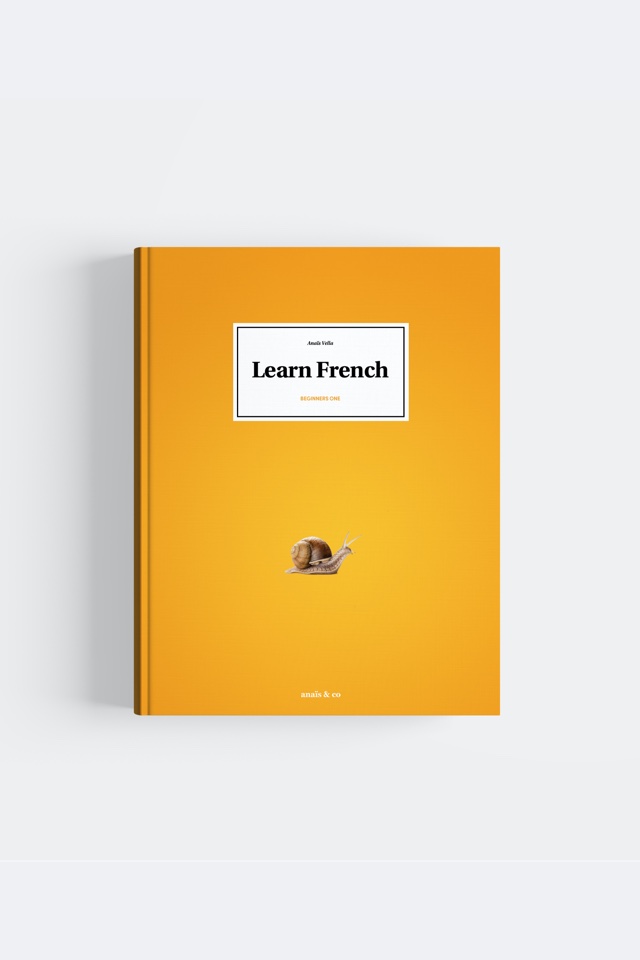

Feelings are adjectives and so they have a feminine version that needs to be used when the subject of the sentence is feminine.
To turn the masculine into feminine, simply add a silent “e” at the end of the masculine. If the masculine ends in a consonant, the consonant is silent for the masculine but not for the feminine because of the “e.” If the masculine ends in a vowel, feminine and masculine have the same pronunciation.
For example:
Être content → Être contente.
When the masculine ends in “e,” the feminine is using the same word and the pronunciation is the same.
For example:
Être timide → Être timide.
When the masculine ends in “é,” simply add a silent “e” at the end of the masculine. Feminine and masculine have the same pronunciation.
For example:
Être angoissé → Être angoissée.
When the masculine ends in “x,” to have the feminine remove the “x” and instead add “se.”
For example:
Être jaloux → Être jalouse.
Être heureux → Être heureuse.
The feminine of “être inquiet” is “être inquiète.”
Feelings are adjectives and so, they also have a plural version that needs to be used when the subject of the sentence is plural.
To turn both masculine and feminine into plural, simply add an “s” at the end of both.
For example:
Être content → Être contents.
Être angoissée → Être angoissées.
When the masculine ends in “x,” it stays the same in the plural. But for the feminine, you need to add an “s.”
For example:
Être jaloux → Être jaloux.
Être heureuse → Être heureuses.
“Avoir peur” and “être en colère” are invariable, they have no feminine or plural versions.
If you decide to use “que” (that) after the feelings, be careful as you might be required to use the subjunctive after “que”.

More in the books
Werther you are learning by yourself, with Anais and Co or if you are a FLE teacher find this lesson and many more in a beautiful book.
Be notified when we upload a new video.